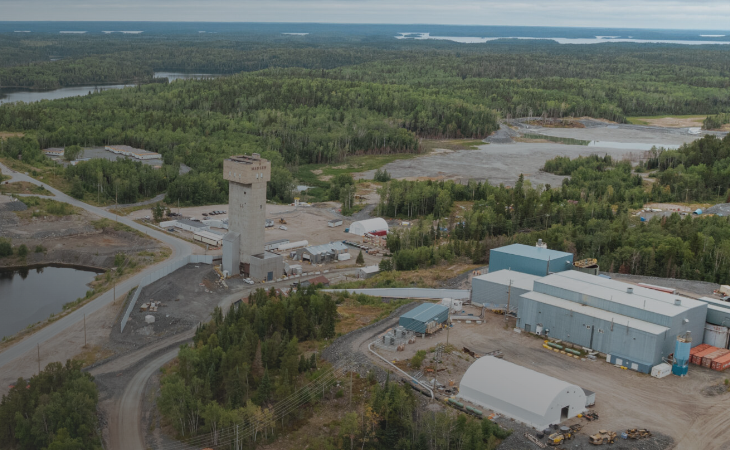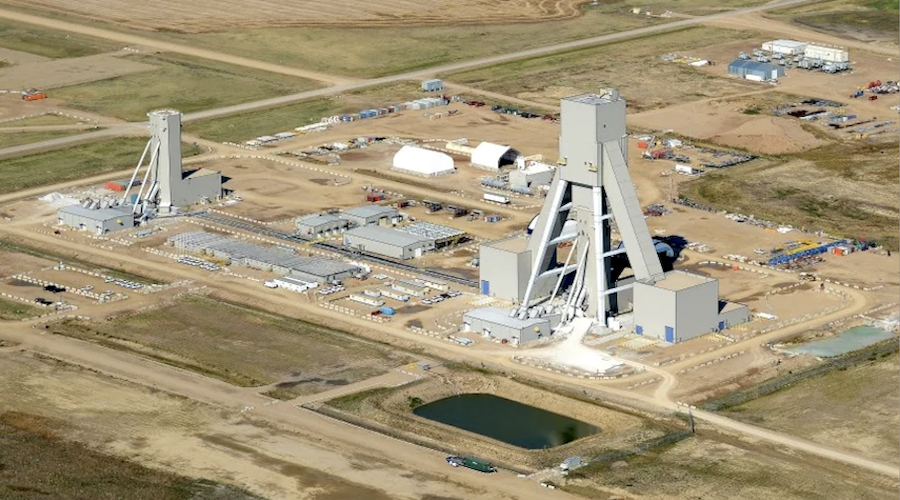A lawsuit filed on Dec. 17 by the Taku River Tlingit First Nation could derail plans by Chieftain Metals to develop its Tulsequah Chief base and precious metals project 100 km south of Atlin. The legal challenge seeks to void the environmental permit issued for the mine, naming the BC Minister of Environment, Environmental Assessment Office and Chieftain as co-respondents.
The Tulsequah project includes two former producers, the Tulsequah Chief and Big Bull mines. Readers can imagine that they have been producing acid drainage, and that problem can be solved by measures taken during the development of a new mine. Hence the sooner Chieftain can proceed, the closer a solution will be.
Why the Taku River Tlingit would want to delay the project seems counterproductive to environmental stewardship. But the lawsuit splits hairs over the term "substantially started".
The original environmental certificate was issued in 2002 to then-owner Redfern Resources and was valid for five years. It carried a clause that the project must be substantially started within five years of its issuance. Redfern received a five-year extension in 2007.
The world's financial institutions melted down the following year with disastrous consequences for commodity prices, and, naturally, the resource sector. Redfern declared bankruptcy in 2009.
Chieftain purchased the Tulsequah Chief property out of bankruptcy in 2010 and the transaction included the environmental certificate. Chieftain, mindful of the five-year timeline, asked the Environmental Assessment Office for a determination of substantially started in April 2012. A couple months later, a deputy minister determined that the project met the definition of substantially started and that environmental approval certificate remained valid.
The lawsuit brought by the Taku River Tlingit alleges that the BC Ministry of Environment erred in saying the project is substantially started. Moreover, it asserts that the BC government did not consult with the First Nation in making its determination.
"There has been no significant construction at the Tulsequah Chief site and most of the mine components permitted in the certificate haven't even been started because Chieftain hasn't had the financing. I can't see how anyone could reasonably conclude the Tulsequah Chief has been substantially started," said Chris Zimmer of Rivers Without Borders.
If one were to ask Chieftain about how "substantial" is its start at Tulsequah Chief, the answer would be much different. The project has a very positive feasibility study completed last year; it has all its permits for a 2,500 t/d operation; and its has resources to support at least a nine-year mine life. Pre-production capital costs are estimated to be a relatively modest $450 million. The company has spent $50 million since purchasing the property.
Chieftain president and CEO Victor Wyprysky told CMJ that he is empathetic to the First Nations desire to participate in and benefit from resource development on their lands.
There are more upsides that downsides to proceeding with the project. This is to be a small underground operation with an exceedingly high grade (5.59% Zn, 1.13% Cu, 1.04% Pb, 2.3 g/t Au and 81.39 g/t Ag). The surface footprint will be small. The annual operating cash flow will be more than $100 million, and the company is happy to share this new-found wealth with the aboriginal community.
Wyprysky is particularly optimistic about zinc, noting that in three or four years as older mines exhaust their reserves, the price will rise, perhaps to $2 per pound. He is working diligently on financing discussions with banks and potential partners.
Released on Feb. 3, a report written by independent scientists who evaluated four sites on the Tulsequah River stated that the fish population downstream from the mine site is at a healthy level, and the 60 years of historic discharge posed low risk to fish. Moreover, the discharge does not affect the Taku River.
Tulsequah Chief is shovel-ready. The timetable calls for construction to start in this quarter and production to be achieved in 2016.
Asking that Chieftain be allowed to proceed as planned is a reasonable request.





Comments